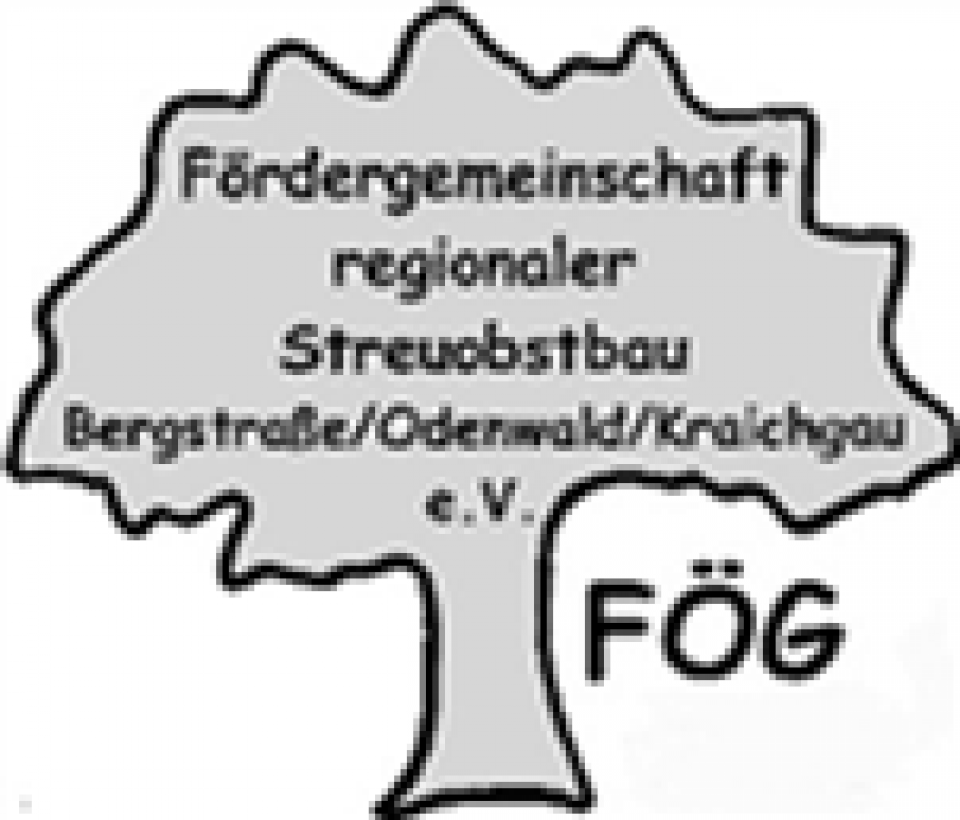
This case study is about a surcharge initiative for traditional orchards, the Support Association for Regional Traditional Orchard Cultivation (Födergemeinschaft regionaler Streuobstbau, FÖG). Traditional orchards
provide numerous environmental and social benefits. They provide a habitat for up to 5000 species, form characteristic and distinct elements of cultural landscapes and are beneficial for public recreation and education. Besides a sustainable and sufficient production of food they contribute to a higher
water quality, climate adaptation and mitigation as well as healthy functioning soils.
Traditional orchards show a decline in quality and quantity since the 1950s, which led in the 1980s to a number of initiatives, like the FÖG, intending to maintain the remaining traditional orchards. The FÖG operates in parts of the three natural areas Bergstraße, Odenwald and Kraichgau, covering parts of
Hessen and Baden-Wuerttemberg stretching over 5 NUTS3 areas. It has 45 producers and 36 supporting members who are not producers themselves.
34 case studies were planned by the H2020 PEGASUS project in different farming and forest systems and along the supply chain in 10 EU countries, to:
- examine the issues faced in ensuring effective provision of public goods/ecosystem services from farming & forest activities; and
- find solutions to enable the economic social and environmental sustainability of the EU’s farmed & forest areas.
The Support Association for Regional Traditional Orchard Cultivation is an initiative that aims to support the
cultivation of regionally traditional orchards through price premiums on fruit and juices.
The strongest driver for establishing the initiative was the preservation of the traditional landscape element and its environmental value with a focus on biodiversity. Further environmental objectives were added over time, like protection of soil and water bodies, contribution to a better local climate. In contrast, socially beneficial outcomes have not been a driver so far.
The educational function of orchard meadows is increasingly acknowledged, while other environmental and social benefits like contribution to rural vitality are not considered, though these might help to revitalise the initiative (as is the case in other initiatives like the Orchard Savers who concentrate on networking of people and institutions for maintaining the traditional landscape element, carry out events like Orchard Days, organise common harvest activities etc.).
Two policy frameworks apply, with a history of funding of orchards inside and outside the EAFRD in Baden-
Wuerttemberg, while Hessen only started in this EAFRD funding period. Most of the producers are non-farmers, however, and thus not eligible to funding. The surcharge model foresees an annual sales related and therefore variable top-up. Though this model is appreciated by producers the price might not be high enough to serve as an incentive for maintaining the orchards. A quality label issued by a nature conservation organisation as well as organic certification are two mechanisms currently used by the FÖG to highlight additional benefits of their orchards. Still, societal appreciation of orchards is only starting to revive and consumers and producers need to regain knowledge on orchards (varieties, maintenance etc.). While there is future potential in working with other initiatives, the FÖG struggles internally with a decreasing number of members and lack of volunteers for executive work.
- A market premium scheme is a transferable solution as long as actors along the supply chain are interested and a consumer demand exists.
- The organic farming label and the regional branding of the orchard’s produce allow connecting to the growing organic and regional market.
- Public policy support should include capacity-building initiatives.
- Tasks and responsibilities should be distributed in a balanced way on a number of well-trained and prepared volunteers to ensure long-term success of an initiative.
- Societal trends like seeking “hobbies with a purpose” as well as young families moving to the countryside represent currently untapped potential new volunteers to the initiative.
- Networking with other traditional orchard initiatives could increase synergies and reduce the workload per initiative.
- Increasing consumers’ and volunteer’s awareness of the range of environmental and social benefits delivered by the orchards is essential element of maintaining them.
Demographic change has brought about issues with the number of people volunteering to the initiative and the management of traditional orchards. Within the initiative, there is no sense of community or corporate identity and no appreciation or awareness of social and environmental benefits. The initiative has limited knowledge of ICT which could be a way to engage more actively with volunteers and consumers. Funding and reorganisation of the initiative are also hampered by the absence of professional advice.
There is a broad, defined set of environmental and social benefits which interrelate with traditional orchards. The main challenge is to maintain current environmental and social benefits provision: while awareness and demand for environmental and social benefits provision from traditional orchards increases, the full set of provided environmental and social benefits is hardly known by people outside nature conservation groups and specialised initiatives. The FÖG as association needs to explore other set-ups (e.g. a cooperative model) and start interchanging and working with other initiatives. New networks with new governance arrangements are needed in order to bring together all of the different initiatives in the field and start activities together (e.g. common direct marketing under one regional label).
